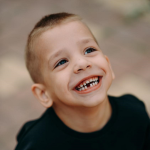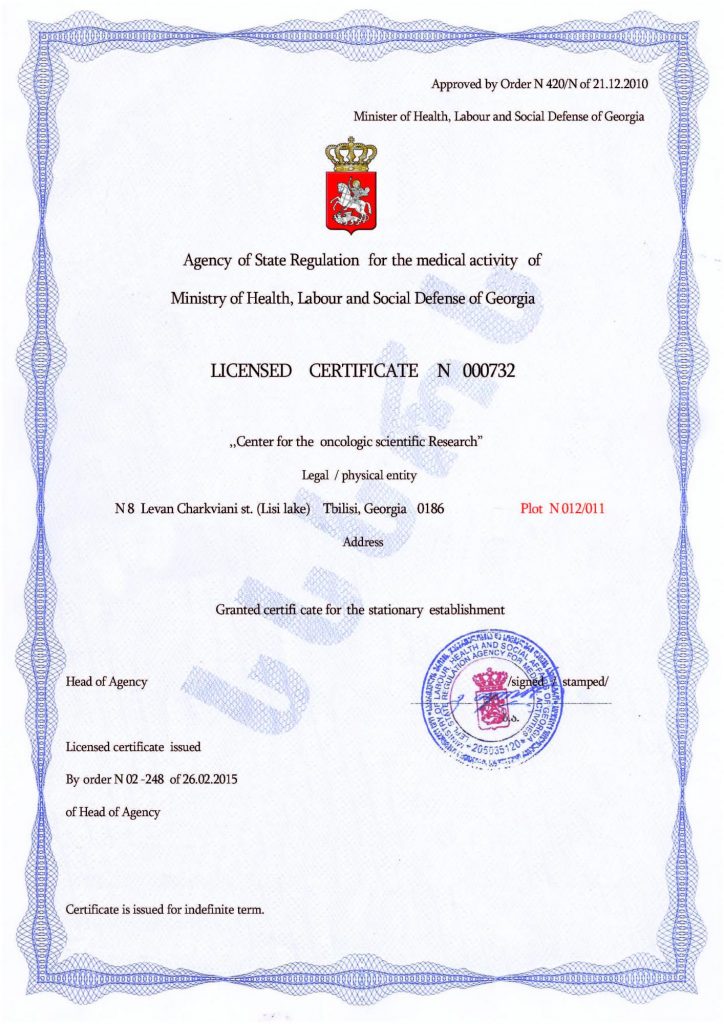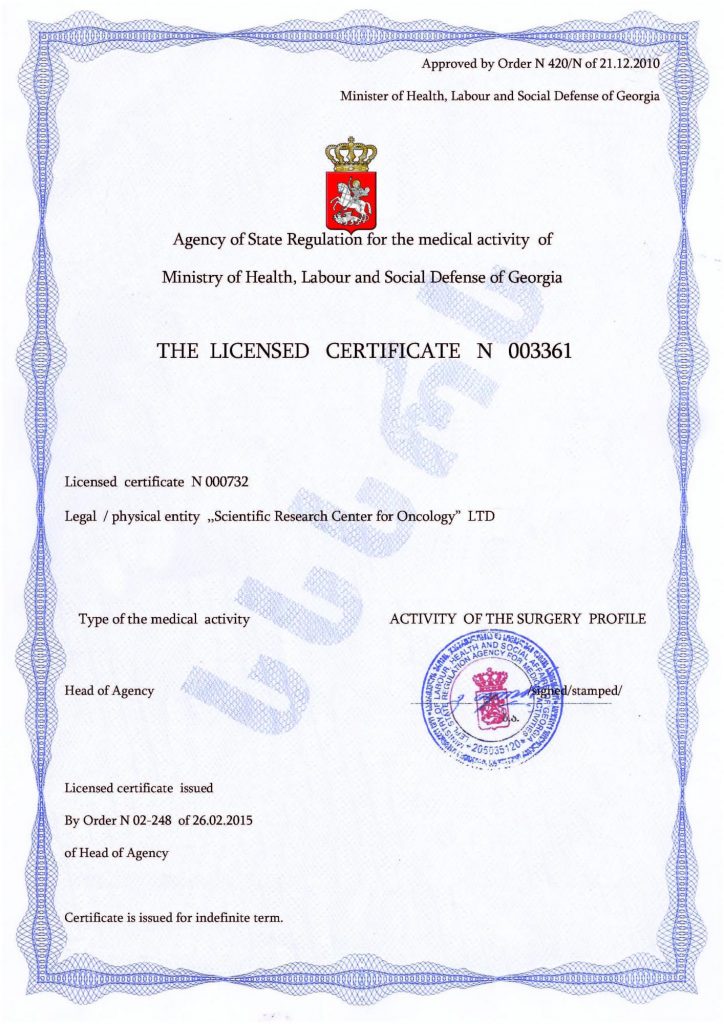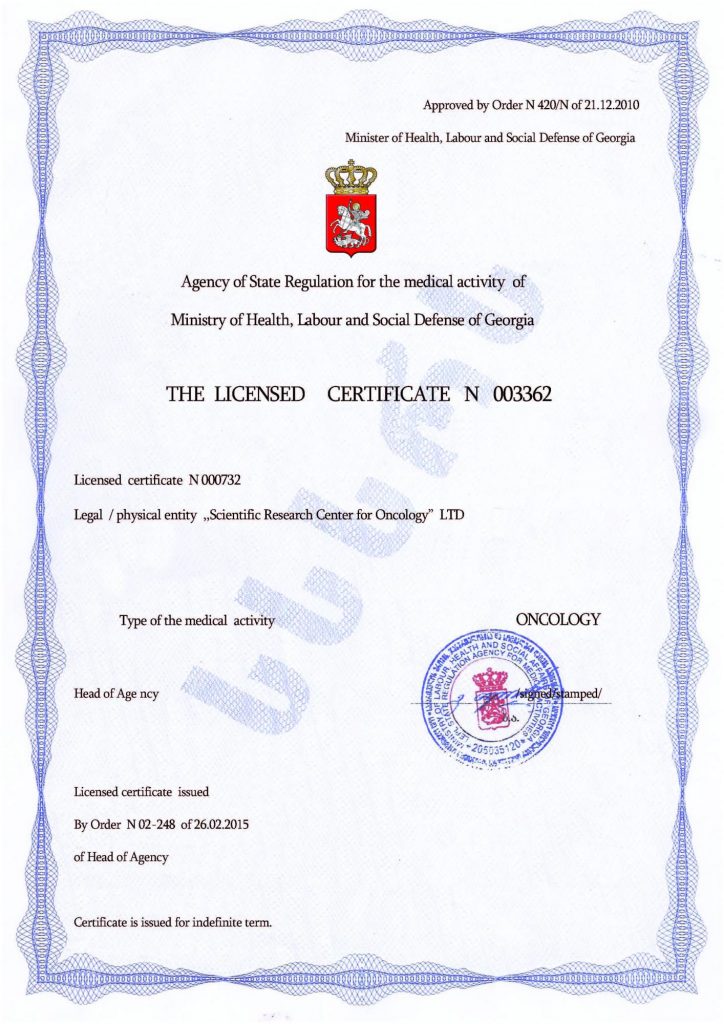Group Activities for Children with Autism
Autistic children often cannot or do not want to participate in typical children’s games and are less likely to engage in group activities compared to their neurotypical peers. Research on children with autism and their daily behavioral patterns showed that only 12% of them were physically active during group games, while the rest played alone, despite not having any limitations preventing them from joining others. Therefore, an important task is to involve these children in social activities, which are not only games but also a way to create positive experiences related to communication.
When preparing group play activities, it’s important to remember that autistic children need more personal space, so a comfortable location should be chosen. However, the sensory needs of each child may vary: on some days, they may require stimulation and communication, while on other days, they may prefer to keep a distance from others. For this reason, children should not be forced to participate in games—they can explain what they specifically want.
Before the session, it should be announced that children will be participants, so the situation isn’t unexpected. The group should be small and consist of those the autistic child knows or, ideally, is friends with. The event should take place in a familiar environment, and the tasks should be easy to complete. It’s important to remember that the goals of group activities for autism are not to win, lose, or demonstrate one’s best qualities, but to promote physical activity and develop social skills through play. Here are three examples of group activities that stimulate children’s senses and engage them in social life.
- Create a Landscape
Form a group of four children, each receiving four different-colored sheets of paper. They will tear them into pieces. When the caregiver draws a simple picture on four sheets of paper (something familiar to the children, such as a tree, cloud, or sun), they will need to glue the torn pieces onto different parts of the image. Then, these collages can be secured with clear tape and given to each child as a result of their joint creativity with their peers. - Grain Box
Prepare a large basket that 4-5 children can use at the same time. Fill it with grains of different textures (e.g., rice, oats, wheat, barley, and corn) and hide 10 small balls among them—two of each color, different from the others. Ask each child to find a ball of a specific color, different from what others prefer. For example, the first child may choose red, the second—yellow, the third—blue, the fourth—green, and the fifth—orange. Let them agree on who will get which color ball. This will teach them communication and how to reach compromises. - Clay Collage
Ask the first child to take a piece of clay in their chosen color, roll it into a medium-sized ball, flatten it with a rolling pin, and pass the “pancake” to the third child. Ask the second participant to do the same and pass it to the fourth child. The third child, using a child-safe knife, will cut the flattened clay into strips, while the fourth child will form shapes (circle, triangle, heart) from their piece of clay using molds. On a prepared board, either on the floor or on a wall, the fifth child will arrange the finished items, received from the third and fourth children, above the corresponding shapes (circle, triangle, heart) marked on the paper. The strips will be placed on the outer line of the paper as boundaries. It’s a good idea to play quiet, cheerful music in the background while the children are doing this task, which also promotes the development of fine motor skills.
Although the rules are simple in all cases, don’t stop the children if they want to make changes to them. After all, it’s just a game, and its goal is to have fun. It’s important to remember that when interacting with children, it’s vital to give them the right to lead during tasks. This will create a relaxed atmosphere and foster a sense of independence.
Such games can play a very important role in the socialization of autistic children. However, it becomes even easier if the cause of communication difficulties, i.e., the disorder itself, is eliminated. This can be achieved quickly and effectively through cell therapy—a cutting-edge method of combating autism and its manifestations. It has already proven its superiority over traditional approaches and may become the primary method for overcoming the disorder and reducing or even eliminating its symptoms.
The main stage of therapy is stem cell transplantation, which has the unique ability to transform into any other type of cell. This provides the opportunity to replace damaged cells with healthy ones, after which the brain and nervous system begin to function normally. The condition of patients improves soon after the procedure, making the effectiveness of corrective measures significantly higher.
Cell therapy, which provides long-term or, in many cases, lifelong results, is no longer an experimental approach but a widely recognized one, and it may become the main approach in the future. Leading clinics around the world, including the Mardaleishvili Medical Center, already use it. Here, highly qualified doctors with extensive successful experience work with state-of-the-art equipment. The cost of services is lower than in medical institutions in other countries, and an additional advantage is the support available for travel preparation and accommodation issues.
Fill out the feedback form—take the chance to get rid of autism!
Autism Treatment Center Videos
Autism treatment with own stem cells
Cord blood association congress
International Quality Crown
Autism Treatment Reviews
Autism treatment with own stem cells
The story of Alessandro (6 years old)
Autism Patient Testimonial - Stem Cell Treatment
Clients Testimonials
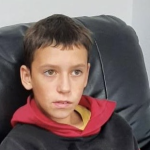
Feedback from Igor, David’s father (12 years old) Read More
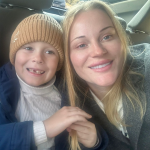
Feedback from Olga, Fedya’s mother Read More
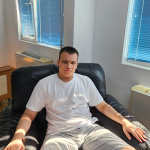
Feedback from Natalia, Radomir’s mother (15 years old) Read More
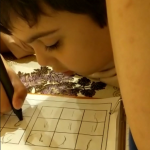
Feedback from Esther, Samuel’s mother (8 years old) Read More
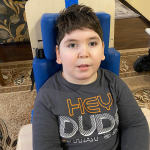
Feedback from Abibe, Selim’s mother (7 years old) Read More
